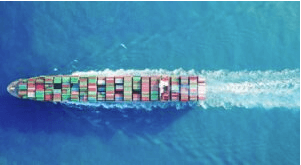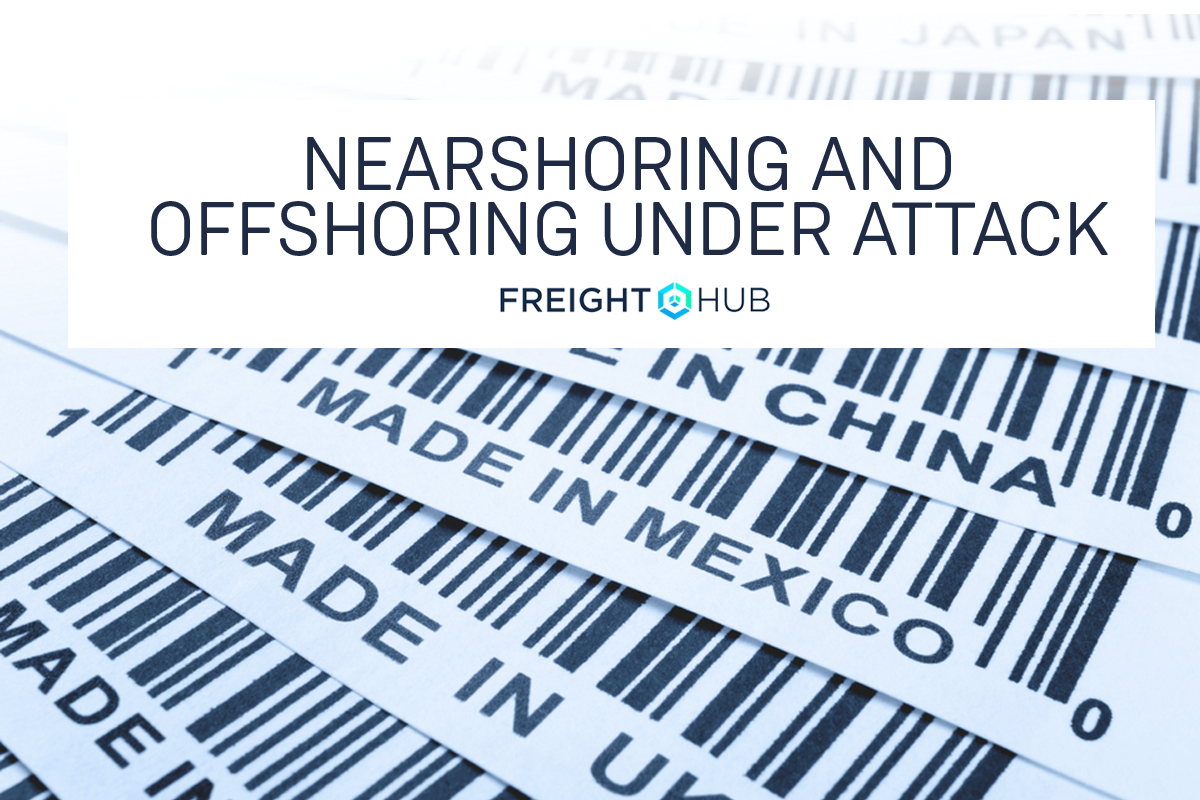In today’s global political environment, outsourcing production is coming under fire; however, it has become such an integral part of supply chains that it’s difficult to imagine the possibility of unraveling such processes. Still, the possibility is there as the rise of protectionism threatens to tear down global supply chains.
Nearshoring on the Rise
Despite political concerns, nearshoring is expected to increase. According to a recent survey by the Retail Industry Leaders Association, American corporate executives believe “nearly half their global manufacturing capacity will be located in North America within the next five years.” In addition, a report by Ryder System Inc. indicated that manufacturing wages in China have increased 600% in the last 15 years and combined with infrastructure improvements, economic conditions in Mexico and a consumer demand to have products closer to point of purchase; the market is ripe for additional nearshoring.
Offshoring
Another type of outsourcing, offshoring which is the practice of taking advantage of lower costs in another country, is now being seen among Chinese manufacturers. In fact, the target country to offshore to appears to be the US. Tianyuan Garments and Sun Paper Industry cite geography and state incentives as reasons for shifting their production sites to Arkansas and North Carolina, respectively.
Nearshoring Countries
While NAFTA trade countries Canada, Mexico and the US are often held as examples for nearshoring, there are similar nearshoring countries elsewhere. For example, Northern Africa is a prefered area for European companies to outsource production as is Turkey and Southeast Europe. The attraction of these locations tend to be not only lower costs to operate but for Southeast Europe, in particular, the availability of a large number of educated, bilingual labor. In addition, Southeast Europe’s location is ideal. According to the Global Sourcing Association, one can travel to Berlin in less than two hours via a direct flight, staying in the same time zone.
Inditex
Spanish retailer, Inditex, the parent company of Zara, has embraced nearshoring and the result has been amazing. The company has been successful in reducing time to market in such a way that other retailers, such as US retailer, J.C. Penney’s, are working to emulate it. According to a Wall Street Journal article, Inditex makes 60% of its garments in Spain and in nearby countries. As a result, this has helped the company to get new clothes into stores in less than two weeks.
Adidas
Twenty years after Adidas ended production in Germany and moved most of the activity to China, the company announced plans to return to Germany to produce a new line of shoes. Adidas plans to open a highly automated facility named “Speedfactory” in which robots will produce shoes for the company. The goal of the facility (others are planned for other countries) is to enable the shoes to be made more quickly and closer to its sales outlets.
Hidden Costs
Online publication, Supply Chain Dive, notes that there are often hidden costs to nearshoring and offshoring. Even though the practice can lower the costs of consumer goods, the costs saved can be offset by the amount of time required to chase overseas suppliers, or other logistical challenges. In addition, there are risks. A rule of thumb to remember is, the greater the distance, the higher the risk.
When deciding whether to offshore or nearshore business processes, Harry Moser, Founder & President, Reshoring Initiative, recommends, “Companies need to look at the total cost of ownership when making sourcing decisions.” In other words, do your homework. Supply chains vary from one company to the next so what works for one may not work for the other.
Find out More
Stay up to date with global trade and freight trends by signing up for our free newsletter.
Sure! You may visit our website to learn more about how Digital Freight Forwarding Keeps Changing Ways Companies Buy and Manage Logistics Services.








